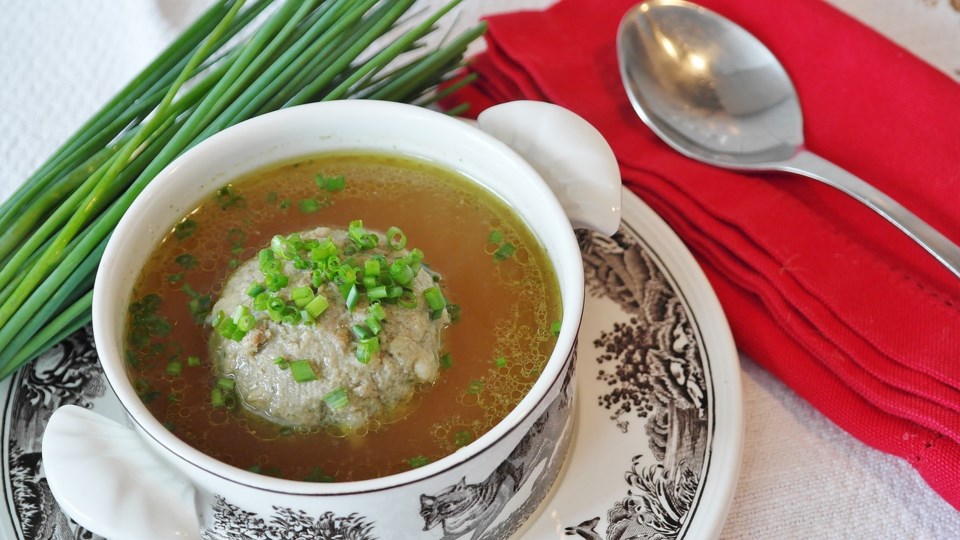Warning: I am a food hobbyist, not a dietician. I have a natural curiosity about food, and I’m a retiree who loves to find ways to stretch a dollar, while eating healthy.
I started reading about the ‘zero waste’ movement, and I learned that there are tons people out there who find creative uses for what most of us would call scraps. There are even restaurants that create nothing but zero waste meals, to highlight the deliciousness of sustainable eating.
On a micro level, each of us can do our part for the planet by repurposing things we might normally throw out. I’m talking broccoli stalks, carrot and parsnip tops and peelings, onion skins, celery leaves, tomato cores, etc. If you put these in a bag in the freezer and add to it regularly, soon you’ll have enough scraps to make a delicious, rich vegetable broth.

Just throw the scraps in a large pot and add water to barely cover the scraps. Simmer this for about 30 minutes (or more) and add salt and pepper to taste. Then strain the scraps through a colander and dump out everything but the broth. Pour the broth into mason jars, or freeze it in ice cube trays and put them in baggies in your freezer for later use, as needed. The broth will be far healthier and less salty than store bought. Plus, you’re not getting all those un-pronounceable chemicals. Don’t knock it till you try it.
Which brings me to bone broth. Yes, it’s a bit time consuming but it’s so worth it. Along with its purported health benefits, you can use it as a broth for soups and stews, and as a comfort drink. Or use it instead of water when making rice or quinoa. There are loads of recipes for bone broth, and if you own a slow cooker, even better. Tip: drizzle olive oil on the beef marrow bones and roast them in a hot oven for about 30-40 minutes. This adds depth to the flavor of the broth.
If the word gelatinous makes you gag, buck up. Your cooled broth should be gelatinous, and that’s a sign that the collagen from the bones has been extracted, which is precisely what’s so good for you. The catch is that you have to simmer the bones (and any accompanying veggies) on a low heat for 24 hours or more, to get all the yummy goodness out of it.
Our parents and grandparents, many of whom lived through the Great Depression, likely threw away very little food. They repurposed every last stalk, leaf and bone out of necessity. Except they didn’t call it repurposing – they called it frugality. When money was scarce and scraps were plentiful, they fed their family that way. Nowadays, we do it to be eco-friendly. The added perk is that most scraps, when cooked properly, will produce delicious food that we can feel good about eating.
Just another tip from the frugal little retiree. You’re welcome.



